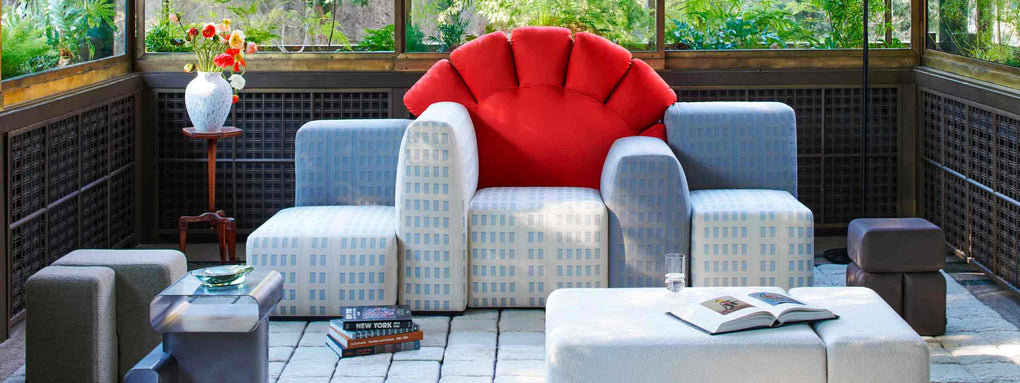EDITORIAL:
Gio Ponti's Vacation Homes
The MAG - 01.24
By Francesco Cristofani

The practice of owning a second home for vacations is rooted in the context of the economic boom of the 1950s in the United States, a period characterized by the proliferation of mass culture and post-war consumerism. As Elvis Presley becomes the king of rock and roll, and black-and-white television broadcasts the first episode of "I Love Lucy," America experiences an era of unprecedented prosperity. Meanwhile, the construction of the interstate, promoted by the Eisenhower administration, turns road travel into a national activity, prompting many Americans to invest in vacation homes along the coasts or in mountainous regions. The accessibility of cars and improvements in road infrastructure not only facilitated internal mobility but also contributed to the emergence of the second home vacation culture, solidifying this model as an attainable ideal for the rising middle class.
The vacation home construction captures the protagonist's interest already in the 1940s; Gio Ponti reveals his plans for coastal residences characterized by simple and bright design, drawing inspiration from traditional constructions in southern Italy, the islands, Greece, Portugal, and southern Spain. Ponti envisions these homes as fully livable spaces, utilizing even the roof area. The thick walls, designed for practicality, help maintain a cool environment and protect from external elements, while the masonry interiors are intended to be easily manageable. This construction philosophy, rooted in a long tradition, evolves in the 1960s into innovative residential solutions for vacations, distinguished by their practicality and adaptability. The ingenious use of accessible roofs, stairs, terraces, balconies, and interior details optimizes and maximizes space utilization, reminiscent of the spatial efficiency of a ship.
Here are the iconic vacation homes designed by Gio Ponti.
VILLA ALLUNGATA, ISOLA D’ELBA

VILLA PONTI BELLAVISTA, COMO






